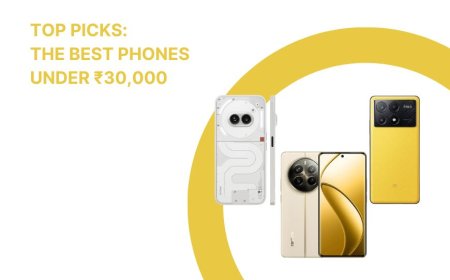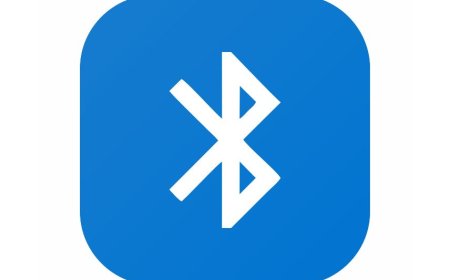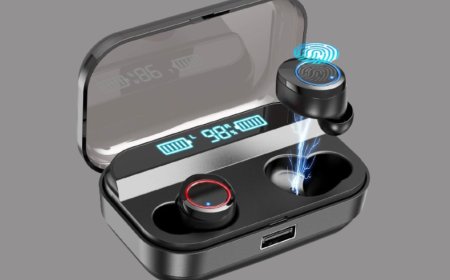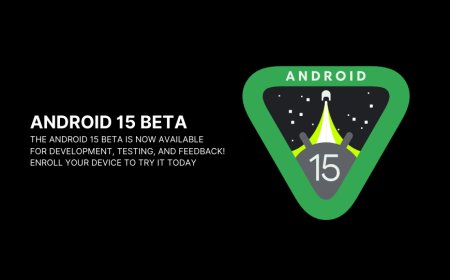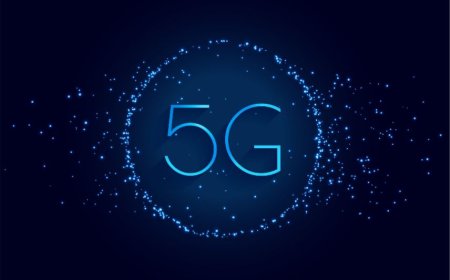Top Picks: The Best Phones Under ₹30,000
Discover the perfect blend of affordability and innovation with our top picks for the best smartphones under ₹30,000. Dive into our expertly curated list today!
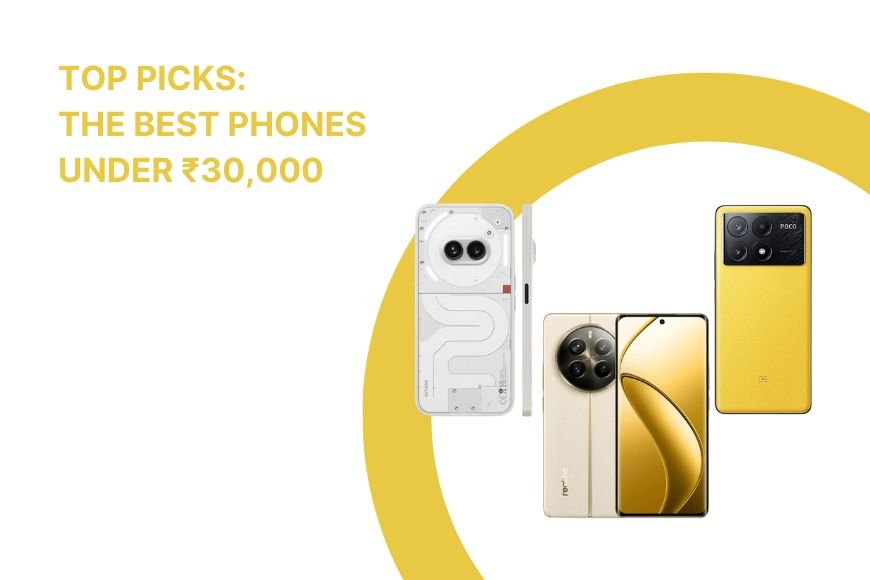
India has witnessed a remarkable transformation in the smartphone market in recent years. Once dominated by either high-end flagships or entry-level models, the landscape has now evolved to spotlight the powerful mid-range segment. This shift has been fueled by consumers' growing appetite for high-performance devices that don't break the bank, coupled with technological advancements that have made premium features more accessible.
Today's mid-range smartphones are no longer just about affordability; they deliver a rich user experience that rivals their pricier counterparts. From seamless gaming to crisp photography, these devices pack a punch, catering to a diverse audience with varied interests and needs.
Whether you're a gamer looking for a phone with a high refresh rate screen and robust processor, a camera enthusiast pursuing stunning image quality, or a multitasking professional needing reliable battery life, this blog is your guide. We've scoured the market to bring you the best smartphones under ₹30,000, ensuring that you find a device that not only meets your expectations but exceeds them.
Stay tuned as we delve into the world of mid-range marvels, where quality meets affordability.
Top Contenders
In the competitive mid-range smartphone market, the ₹25,000 - ₹30,000 segment is bustling with options that offer a blend of performance, features, and value. Here’s a concise overview of the top contenders in this price bracket:
-
Samsung: A stalwart in the industry, Samsung’s offerings in this range often feature their signature Super AMOLED displays, providing vivid colors and deep blacks. They balance this with a user-friendly interface through their One UI and versatile camera setups that cater to various photography needs.
-
OnePlus: OnePlus has built a reputation for its clean and efficient OxygenOS, which promises a near-stock Android experience. Their devices in this segment are typically powered by capable Snapdragon processors and support OnePlus’ famed fast charging, alongside high-refresh-rate screens for a smooth visual experience.
-
Realme: Realme’s smartphones are known for their aggressive pricing while packing features like high megapixel cameras and fast charging capabilities. The Realme 12 Pro, for example, boasts a robust camera system with a high-resolution telephoto lens and a smooth 120Hz display, making it a strong contender for the best camera phone in this range.
-
Xiaomi: Xiaomi’s strategy revolves around offering high-spec hardware at competitive prices. Their devices often include features such as high-resolution cameras, large batteries, and MIUI, which is rich in customization options.
-
Nothing Phone: The Nothing Phone stands out with its unique design ethos, featuring transparent elements and a user-centric approach to software. The Nothing Phone 2a, in particular, is noted for its distinctive aesthetic and intuitive software experience.
-
iQOO: Catering to the gaming segment, iQOO’s devices come equipped with high-performance chipsets and advanced cooling systems. They also feature displays with high refresh rates and substantial RAM capacities, aiming to provide an uninterrupted gaming experience.
-
Poco: Poco has made a name for itself by offering high-end specifications at mid-range prices. The POCO X6 Pro, for instance, is lauded for its gaming prowess, backed by a powerful processor and a camera setup that doesn’t compromise on quality.
Each brand brings its strengths to the table, from Samsung’s display and user experience to OnePlus’ software and charging speed, Realme’s camera and display, Xiaomi’s value proposition, Nothing Phone’s design, iQOO’s gaming capabilities, and Poco’s all-around performance. This makes the ₹25,000 - ₹30,000 range a hotly contested space where consumers can find a device that fits their specific needs and preferences. Whether it’s for gaming, photography, design, or an all-around experience, there’s a smartphone here that’s likely to satisfy.
Consider categorizing the phones based on strength:
-
Best Camera: The Realme 12 Pro is likely recognized for its superior camera quality, which could include features like high megapixel count, advanced sensors, and specialized photography modes that appeal to photography enthusiasts.
-
Best for Gamers: The POCO X6 Pro might be optimized for gaming, offering features such as a high refresh rate display, powerful processor, enhanced cooling systems, and possibly a robust battery life to handle extended gaming sessions.
-
Most Unique Design: The Nothing Phone 2a is noted for its unique design, which could mean it has a distinctive aesthetic, innovative material, or a novel form factor that sets it apart from other phones in the market.
-
Best All-rounder: Both the Motorola Edge 50 Pro and the Samsung S21 FE 5G are considered all-rounders, suggesting they provide a balanced mix of features such as good camera performance, reliable battery life, smooth user experience, and overall value for money.
Each of these phones caters to different user preferences and priorities, highlighting the diverse options available in the smartphone market.
Detailed Look at Top 2 Picks
Let's take a closer look at the top two contenders for the title of "Best All-rounder" in the smartphone arena: the Motorola Edge 50 Pro and the Samsung S21 FE 5G. These devices have been selected based on a combination of their popularity and balanced feature sets.
Motorola Edge 50 Pro
Pros:
-
Equipped with the Snapdragon 7 Gen 3 chipset, it promises smooth performance.
-
A high refresh rate of 144Hz and a True Color Pantone Validated 3D curved Display offer an immersive visual experience.
-
The 4500mAh battery supports 125W fast charging, ensuring quick power-ups.
-
It boasts a versatile camera setup with a 50MP main sensor and 10MP telephoto lens with 3x optical zoom.
Cons:
-
It lacks a memory card port for storage expansion.
-
The high-end specs might come with a premium price tag.
Samsung S21 FE 5G
Pros:
-
Features a Dynamic AMOLED 2X display with a 120Hz refresh rate for fluid scrolling and vibrant colors.
-
Powered by the Snapdragon 888 5G chipset, offering robust performance.
-
The triple camera system includes a 12MP wide, 8MP telephoto, and 12MP ultrawide lenses.
-
It's lighter at 177g and has a slightly slimmer profile than the Motorola.
Cons:
-
The battery supports up to 25W wired charging, which is slower compared to the Motorola.
-
Some users may prefer the latest chipset, which Motorola offers.
Here's a spec table for a side-by-side comparison:
|
Specification |
Motorola Edge 50 Pro |
Samsung S21 FE 5G |
|
CPU |
Snapdragon 7 Gen 3 |
Snapdragon 888 5G |
|
RAM |
8/12GB |
6/8GB |
|
Storage |
128/256GB |
128/256GB |
|
Main Camera |
50MP + 10MP + 13MP |
12MP + 8MP + 12MP |
|
Selfie Camera |
50MP |
32MP |
|
Battery |
4500mAh |
4500mAh |
|
Charging |
125W wired |
25W wired |
|
Display Refresh Rate |
144Hz |
120Hz |
Both phones offer a compelling mix of features, but the choice between them may come down to specific user preferences such as camera capabilities, charging speed, or the display's refresh rate. While the Motorola Edge 50 Pro seems to edge out with faster charging and a higher refresh rate, the Samsung S21 FE 5G counters with renowned display technology and a more compact form factor.
Buying Guide
5G Connectivity:
5G is the latest standard in mobile networks, offering faster speeds and more reliable connections. If you want a future-proof device that can take advantage of these benefits as 5G becomes more widespread, it's worth considering a phone with 5G capabilities.
Battery Life vs. Fast Charging:
Battery life is crucial for uninterrupted usage, while fast charging can quickly power up your phone. It's important to balance these based on your lifestyle. If you're often on the move and use your phone heavily, prioritize a larger battery capacity and fast charging support.
Camera Quality:
Megapixels aren't the only measure of camera quality; software optimization can greatly enhance photo quality. Look for phones with advanced camera software that can produce great results even if the megapixel count isn't the highest.
Here's a brief overview of things to look for:
- 5G support for future-proofing.
- Long battery life for all-day use.
- Fast charging for speedy return to full power.
- Camera software optimization over just a high megapixel count.
Conclusion
while there are several excellent smartphones under ₹30,000, the best one for you will depend on your individual needs and preferences. Whether it's 5G connectivity, long battery life, fast charging, or camera quality, make sure to prioritize the features that matter most to you.
Remember, the right smartphone is the one that aligns with your daily usage and fits comfortably within your budget. Use the buying guide to weigh the pros and cons of each feature and make an informed decision.
Don't hesitate to delve deeper into reviews and comparisons to find the perfect match for your smartphone needs. Your ideal device is out there, ready to enhance your digital experience. Happy hunting!
What's Your Reaction?









